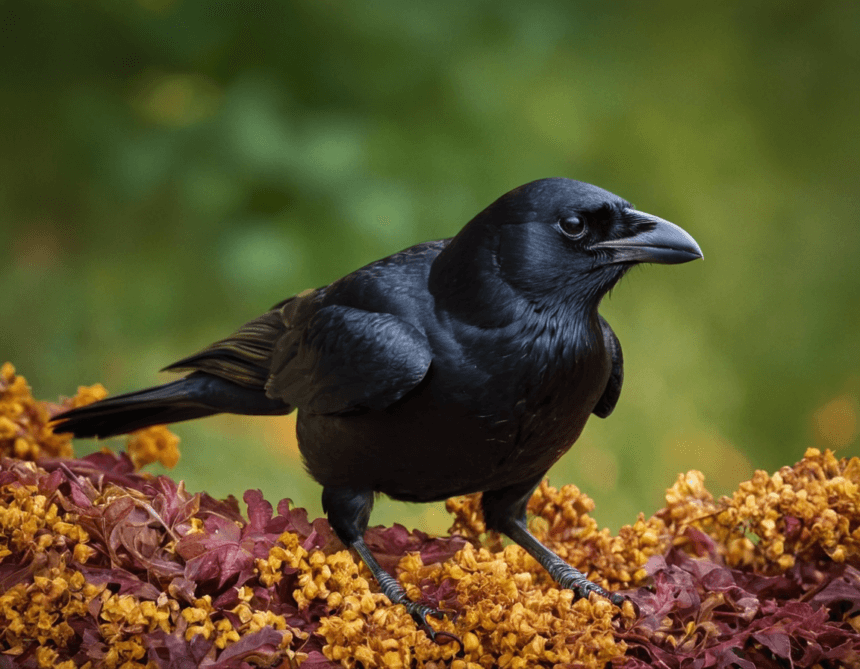Crows are among the most fascinating birds in the avian world, known for their intelligence, adaptability, and complex social structures. With various species found across the globe, each type of crow has unique characteristics and behaviors. Here’s a guide to some of the best-known crow types and what makes them remarkable.
1. American Crow (Corvus brachyrhynchos)
Overview: The American crow is one of the most widespread species in North America, easily recognized by its all-black plumage and distinctive cawing call.
Characteristics:
- Intelligence: American crows are known for their problem-solving skills and ability to use tools.
- Social Behavior: They often form large flocks, especially during the non-breeding season, and communicate with a variety of calls.
- Diet: They are omnivorous, feeding on insects, seeds, fruits, and even carrion.
Best Known For: Their adaptability to urban environments and their ability to thrive in diverse habitats.
2. Carrion Crow (Corvus corone)
Overview: Common across Europe and parts of Asia, the carrion crow is similar in appearance to the American crow but typically has a slightly more robust build.
Characteristics:
- Habitat: They prefer open farmland, coastal areas, and urban settings.
- Behavior: Carrion crows are known for their scavenging habits and are often seen foraging for carrion, hence their name.
- Communication: They have a varied vocal repertoire and can mimic other sounds.
Best Known For: Their role in the ecosystem as scavengers, helping to clean up the environment.
3. Hooded Crow (Corvus cornix)
Overview: Found in parts of Europe and the Middle East, the hooded crow is easily identifiable by its gray body and black head, wings, and tail.
Characteristics:
- Diet: Like other crows, they are omnivorous and will eat a variety of foods, including fish and invertebrates.
- Intelligence: Hooded crows are highly intelligent, often engaging in complex problem-solving and tool use.
- Behavior: They are known for their adaptability and often scavenge in urban areas.
Best Known For: Their striking appearance and their adaptability to different environments.
4. Raven (Corvus corax)
Overview: While technically not a crow, ravens are closely related and are often included in discussions about crows due to their similar behaviors and intelligence.
Characteristics:
- Size: Ravens are larger than most crow species, with a wingspan of up to four feet.
- Vocalizations: They have a wide range of vocalizations, including deep croaks and clicks.
- Social Behavior: Ravens can often be seen in pairs or small family groups and are known for their playful behavior.
Best Known For: Their intelligence, problem-solving skills, and significant role in mythology and folklore.
5. Northwestern Crow (Corvus caurinus)
Overview: The Northwestern crow is native to the Pacific Northwest of North America and is similar in appearance to the American crow but smaller.
Characteristics:
- Habitat: They prefer coastal habitats and are often found near water sources.
- Diet: Their diet includes a variety of marine and terrestrial foods, reflecting their coastal environment.
- Behavior: They are known for their strong social bonds and often forage in groups.
Best Known For: Their distinct habitat preference and unique calls.
Conclusion
Crows are not just black birds; they are intelligent, adaptable creatures with diverse behaviors and ecological roles. Understanding the different types of crows can deepen our appreciation for these remarkable birds. Whether you’re watching an American crow foraging in a city park or observing a raven soaring through the sky, each species offers a glimpse into the intricate world of avian intelligence and adaptability. Next time you encounter these fascinating birds, take a moment to appreciate their unique traits and behaviors!
